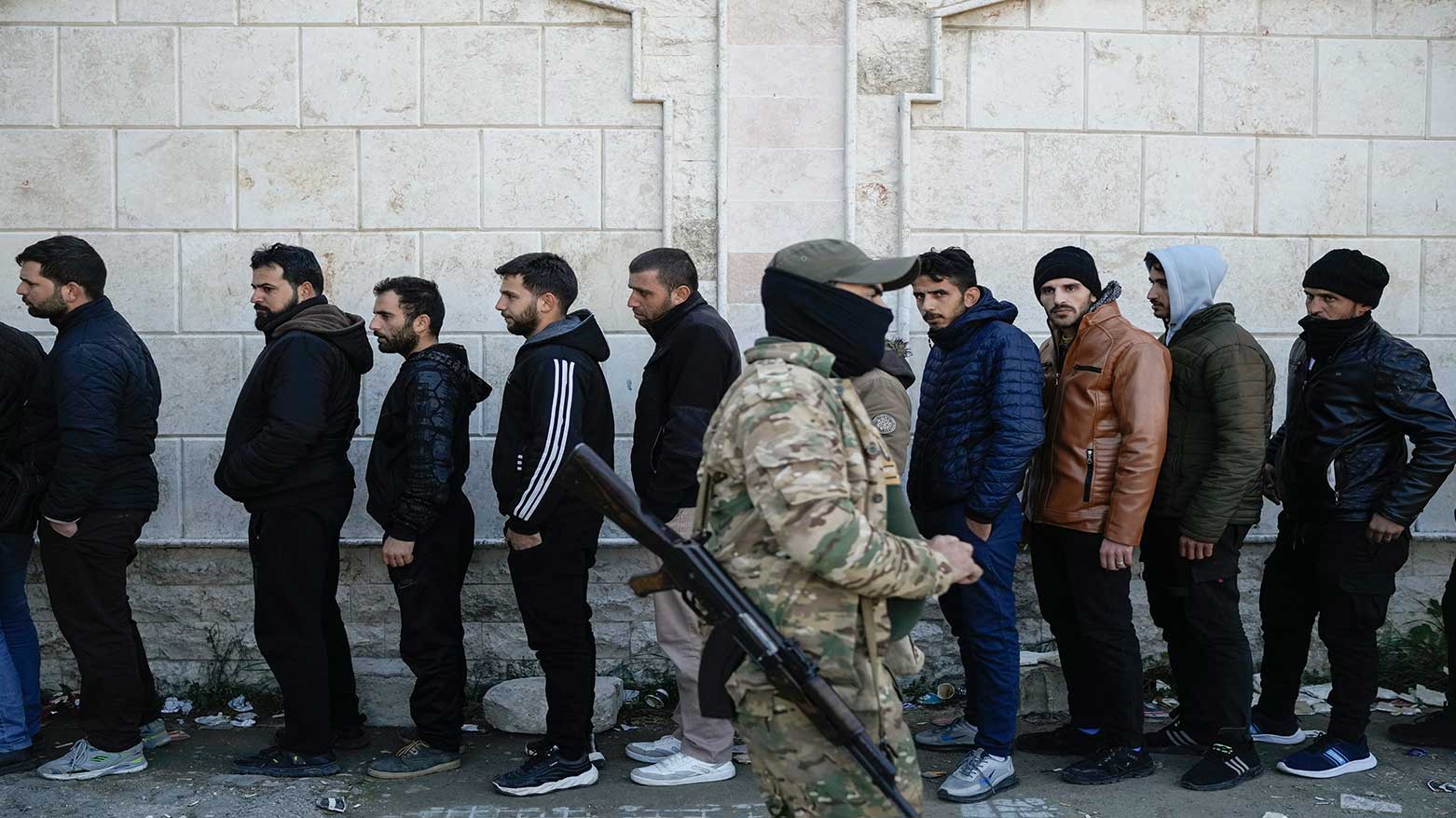Syria’s Shadow War: 144 Civilians Executed in Sectarian Killings in March
The Syrian coast, particularly the provinces of Latakia and Tartus, recorded the highest number of executions

ERBIL (Kurdistan24) - In a grim reminder of Syria’s enduring instability and sectarian strife, the country has witnessed a deadly wave of executions and targeted assassinations over the past month, claiming the lives of 144 civilians, including women and children, according to a report by the Syrian Observatory for Human Rights (SOHR).
The killings, concentrated in multiple provinces across the war-ravaged nation, reflect a resurgence of sectarian-motivated violence that continues to fracture Syria's social fabric nearly 14 years into the conflict. The Syrian coast, particularly the provinces of Latakia and Tartus, recorded the highest number of executions, prompting alarm over the deteriorating civil peace in these strategically vital and demographically sensitive areas.
A Bloody March
SOHR’s detailed report reveals a troubling geographical spread of the killings:
- Homs: 31 men, one woman, and a young girl
- Tartus: 29 men
- Rif Dimashq: 23 men
- Hama: 19 men
- Daraa: 12 men
- Latakia: Nine men, one woman, and two children
- Aleppo: Nine men
- Damascus: Four men
- Deir Ezzor: Three men
These incidents were largely driven by sectarian affiliation, marking a dangerous return to patterns of violence that characterized the darkest phases of Syria’s civil war.
Notably, SOHR emphasized that these figures exclude victims of large-scale massacres and genocidal operations reported in the coastal and mountainous regions — particularly in Latakia, Tartus, Homs, and Hama — throughout March. This omission suggests the real death toll may be significantly higher and the extent of the violence even more harrowing.
A Pattern of Targeted Violence
While Syria has seen periods of relative calm in some areas following international de-escalation agreements and territorial reconfigurations, sectarian tensions remain deeply rooted, especially in provinces where minority communities live in fear of targeted reprisals.
The Alawite-dominated coastal regions, once considered strongholds of regime control and relative safety, have recently become flashpoints for revenge killings and reprisals, raising fears of renewed cycles of bloodshed.
Despite occasional public appeals from religious leaders, civil society figures, and international monitors for the protection of minorities and the reinforcement of civil peace, no significant measures have been implemented on the ground. Security apparatuses remain stretched thin or are selectively enforcing order, leaving civilians — particularly those from vulnerable sectarian backgrounds — increasingly exposed.
The Cost of Silence
The international community’s lack of consistent engagement with Syria’s internal affairs in recent years has further emboldened militias, warlords, and extremist cells to act with impunity. In regions where the state has relinquished control or where governance is fragmented among competing forces, lawlessness prevails, and sectarian identity often becomes a death sentence.
As the humanitarian situation deteriorates and political deadlock stalls national reconciliation efforts, observers warn that sectarian assassinations could spiral into broader communal violence, echoing the darkest chapters of the conflict.
Multiple civil society organizations including SOHR continue to monitor and report these violations, urging all parties and international actors to prevent further bloodshed and hold perpetrators accountable.
Until then, Syria’s civilians — already battered by war, displacement, and economic collapse — remain caught in a cycle of fear, victims of a conflict that refuses to fade.
